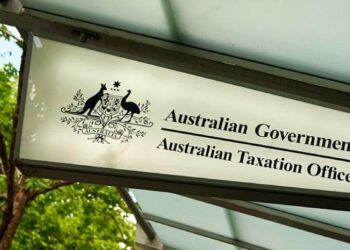Where this is the case, Ms Naige said there are additional risks for the SMSF such as potential liquidity issues which need to be considered by the trustees.
“The ATO has been putting pressures on SMSFs more recently to really revisit their investment strategies and ensure they have considered these risks,” she said.
With the property market currently seeing a downturn, Ms Naige said this will put further pressure on funds with these types of structures to ensure they’ve thought through the strategy properly.
“Where a fund contains a big chunky property in it, it’s important to give some thought to what will happen if a benefit needs to be paid out of the fund,” she noted.
“If there’s a tightening in the property market, that’s probably when you don’t want to have to sell [the property] but it might be that someone dies and you have to pay out a death benefit or there’s a relationship breakdown and you need to sell the property to split up the assets of the SMSF.”
Ms Naige said this means that the SMSF might be selling the assets of the fund in a market that’s not ideal.
The fall in property values further accelerated in August, with average Australian dwelling prices down 3.5 per cent from their high in April.
AMP chief economist Shane Oliver warned that the property downturn may be deeper and longer this time due to a combination of high household debt levels, high home price to income levels, and an end in the long-term downtrend in interest rates.
Mr Oliver said there a three main things that might make this property downturn different to the milder downturns in the past 25 years.
Firstly, home price to to income ratios are now very high, which will limit any potential upside, he explained.
“Similarly, household debt to income ratios are now very high – with less scope for a further increase, and in recent times there has been an increasing focus from bank regulators on limiting high debt to income ratio lending.”
“Finally, the 32-year falling trend in mortgage rates from 17 per cent in 1989 to 2 per cent — which enabled new buyers to borrow and pay more for property and drove strong investor ‘search for yield’ demand, is likely over.”
Mr Oliver said national average property prices to fall further over the next 12 months as rising mortgage rates continue to impact.
“Assuming the cash rate tops out around 2.6 per cent early next year then average prices are likely to fall 15–20 per cent top to bottom, of which we have so far seen 3.5 per cent, with the low likely being reached in the second half of next year after interest rates peak and start to fall back,” he said.
“However, the recovery in prices is likely to be slower than seen in past cycles.”


